Below is a viewpoint from the Foresight Africa 2022 report, which explores top priorities for the region in the coming year. Read the full chapter on climate change.
 Migration linked to climate change—often presented as a devastating picture of the plight and flight of vulnerable Africans—is becoming a daily feature on the 24-hour news. While these graphic images are worth a thousand words, they are far removed from the complexity of the factors at play. The narrative often precludes a focus on long-lasting sustainable solutions.
Migration linked to climate change—often presented as a devastating picture of the plight and flight of vulnerable Africans—is becoming a daily feature on the 24-hour news. While these graphic images are worth a thousand words, they are far removed from the complexity of the factors at play. The narrative often precludes a focus on long-lasting sustainable solutions.
Sub-Saharan Africa has always been a region with high levels of mobility. For example, the Sahel pastoralists were the “original climate adaptors,” migrating seasonally with their herds for water and pastureland. But with the effects of climate change—e.g., increased water scarcity, reduced pasture availability, and shifts in harvesting seasons—migration patterns have been disrupted, causing frequent tensions between farmers and pastoralists. Moreover, gender norms leave women without adequate tools or the capacity to adapt to climate change, as well as impede their ability to leverage migration for risk reduction. Furthermore, the growth and development needs of the youth—already facing a dearth of good jobs—are harmed by additional challenges created by the changing climate. Across Africa, more than half the 375 million young people entering the job market in the next 15 years will be living in rural areas. Without a focus on climate-smart productive jobs in the rural economy, youth will increasingly migrate to urban areas, as current climate-sensitive livelihoods become increasingly untenable due to crop productivity losses and water stress on pastoral and other livelihoods. Policies to address such obstacles already exist: As an example, investment in a solar-powered Kilishi (a highly demanded local meat delicacy) factory in northern Nigeria enabled a shift from use of firewood to cleaner meat drier domes and fuel-efficient kilns, conserving forests and bringing prosperity to the local community, while creating employment opportunities for the youth who would have otherwise migrated to cities in other states. The project has successfully attracted youth back from Abuja, the capital city, where they were performing menial jobs with low wages.
Gender norms leave women without adequate tools or the capacity to adapt to climate change, as well as impede their ability to leverage migration for risk reduction.
Migration and displacement numbers have been rising in recent years. In Mali, for example, climate change is compounding tensions surrounding land use and access to natural resources by changing where and when rain falls, where food and fodder can be grown, and where people can live. The World Meteorological Organization’s (WMO) State of the Climate in Africa 2020 report notes that the East and Horn of Africa region saw 1.2 million new disaster-related displacements, largely caused by floods, storms, and droughts. The convergence of the COVID-19 pandemic with the locust outbreak in East Africa in 2020 amplified the impacts on poverty and food insecurity there. The interaction of these factors with the fragility and conflict in the Horn of Africa highlights the increasingly complex and interconnected drivers of mobility and immobility, with direct and devastating impacts on livelihoods. The urgency to understand how these issues will unfold in the future is critical.
The World Bank’s 2021 Groundswell report, which covers all six of the Bank regions, unpacks the complexity of the climate-migration-development nexus and shows how climate change is a potent driver of internal climate migration. The authors find that, as a consequence of slow-onset climate factors and in the absence of concrete climate and development action, 216 million people in those regions could be compelled to migrate within their countries by 2050. In addition, the poorest and those in the most vulnerable areas will be disproportionately impacted, with the strong possibility that sub-Saharan Africa sees the highest number of internal climate migrants—at an estimated 86 million by 2050. Countries will see an emergence of climate migration hotspots as early as 2030, and inaction could see these hotspots expand and intensify.
The scale and trajectory of climate-induced migration means that policymakers cannot address one crisis at a time, in an ex-post fashion.
The scale and trajectory of climate-induced migration means that policymakers cannot address one crisis at a time, in an ex-post fashion. Rather, we need bold, transformative, and foresighted action on two critical fronts.
- First and foremost, fulfilling the global responsibility to cut greenhouse gas emissions is critical to reducing the scale and reach of climate impacts on water availability, crop and ecosystem productivity, sea-level rise and storm surges, and labor productivity—all of which can trigger migration decision-making.
- Second, policymakers can usher the economies of affected countries towards green and resilient pathways by pursuing far-sighted action to avert distress-driven migration and harness climate-induced migration to foster economic and demographic transitions. Such policies require investments in human capital to support the next generation in productive and sustainable climate-smart jobs.
The World Bank’s Corporate Climate Action Plan and the road map in the Next Generation Africa Climate Business Plan provide platforms for such action. We are not starting from zero. For example, the Great Green Wall (GGW) initiative is a coordinated effort across the Sahel-Saharan region to restore and sustainably manage land, water, and other natural resources, addressing both the damage of the natural environment as well as poverty. By 2030, the GGW initiative aims to restore 100 million hectares of degraded land, sequester 250 million tons of carbon, and create 10 million jobs in rural areas. The World Bank has committed $5.6 billion between 2020 and 2025 to support the 11 countries who are part of the GGW. The World Bank is already implementing projects totaling nearly $4.1 billion and is moving to scale.
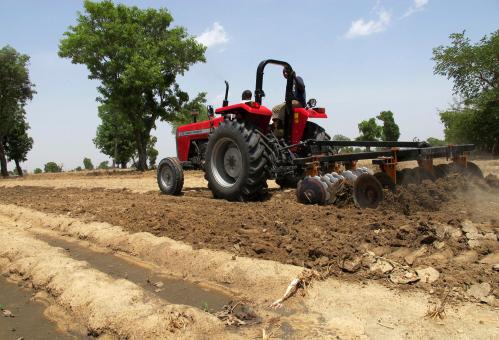
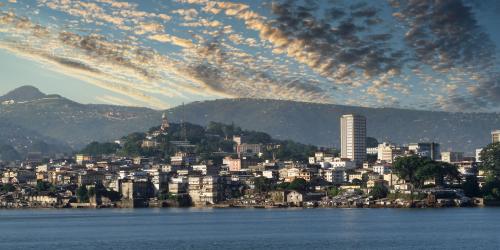
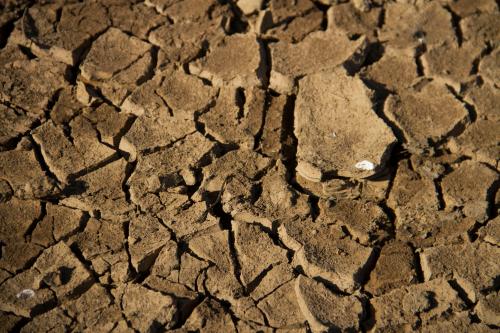
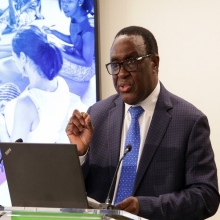

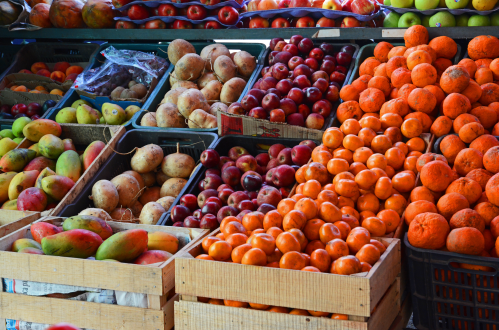

Commentary
Climate migration—deepening our solutions
March 17, 2022